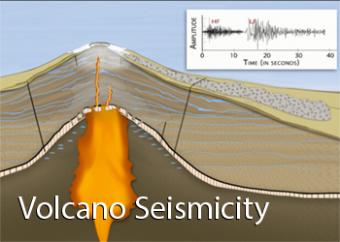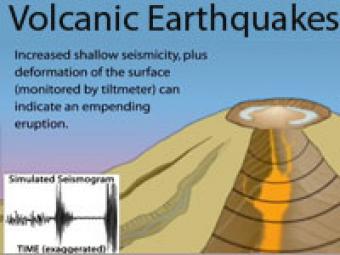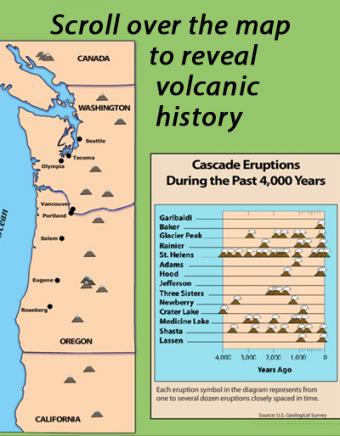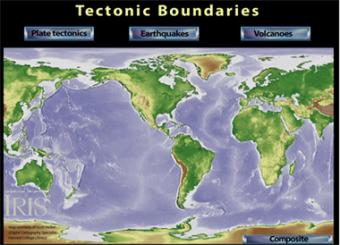Date: May 11, 2016 6min 10s Intermediate Spanish

Generalized model of volcano-tectonic unrest prior to eruption
Earthquakes near and beneath volcanoes alert may indicate that magma and volcanic gases are on the move. This animation represents generalized patterns of seismic and geological activity at some, but not all, long dormant stratovolcanoes worldwide during the months to hours leading up to an eruption. The volcano-tectonic earthquake pattern is common at long-dormant volcanoes but uncommon at frequently active volcanoes.
Animation, based on work by Randall White and Wendy McCausland, results from a collaboration between USGS's Volcano Disaster Assistance Program and IRIS. The purpose of the animation is to facilitate teaching international students about volcano monitoring. This animation is based on the work of Randall White and Wendy McCausland (Volcano-tectonic earthquakes: A new tool for estimating intrusive volumes and forecasting eruptions; 2016, Journal of Volcanology and Geothermal Research 309 (2016) 139–155)
CLOSED CAPTIONING: A .srt file is included with the downloiad. Use appropriate media player to utilize captioning.

Volcano deformation can provide clues about what is happening deep below the surface. Two techniques used to monitor deformation include Tiltmeters and GPS.

Earthquake activity beneath a volcano almost always increases before an eruption because magma and volcanic gas must first force their way up through shallow underground fractures and passageways. The continuous release of seismic energy is induced by the movement of magma.

Learn about the volcanoes of the Pacific Northwest Cascade Range mountains by scrolling over individual volcanoes on this interactive map.

How are the tectonic plates related to earthquakes and volcanoes?
Interactive relief and bathymetric map reveals tectonic plates, as well as world-wide earthquakes and volcanoes.